
Fresh and spotless, congenial and colorful: visitors naturally brighten up when ambling along the avenues in east China's coastal city of Qingdao. Roads twist and turn between red-roof houses and lush ginkgoes. To the wanderers' joy, a meandering trip often ends up at the vast sea, shimmering in the sunlight.
To the locals' joy, the garden city will host the 2018 Qingdao Summit of the Shanghai Cooperation Organization(SCO) in June. Started in 2001, the SCO has become the world's most populous comprehensive regional organization. Its permanent members are China, Kazakhstan, Kyrgyzstan, Russia, Tajikistan, Uzbekistan, India and Pakistan, with the last two countries being newly recruited last June.
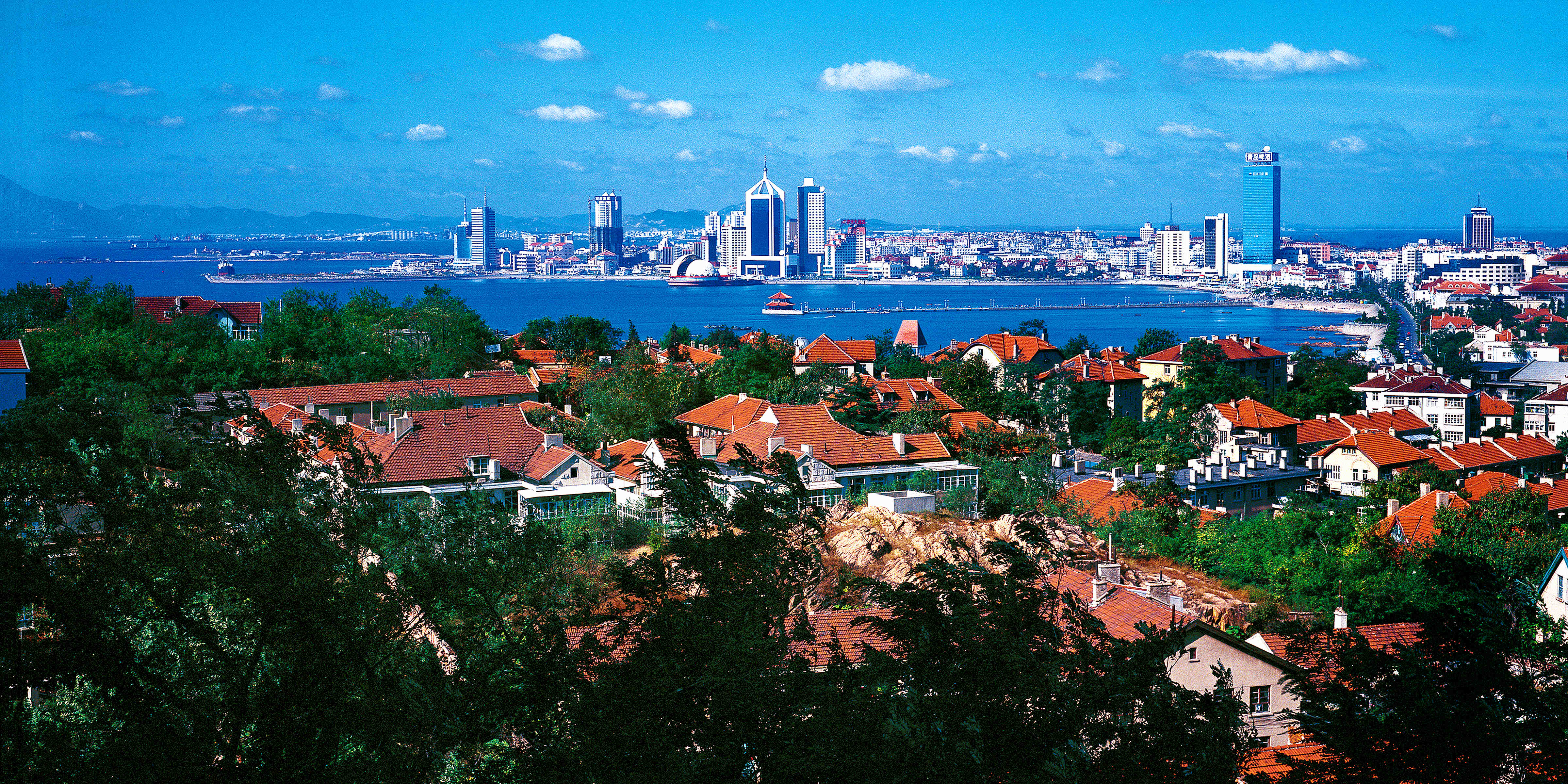
Qingdao. (File Photo)
The preparation will encourage municipal optimization and citizenship promotion. Amenities expect to further improve, so does its capability of handling international affairs. Surely the image of Qingdao is becoming as riveting as never before.
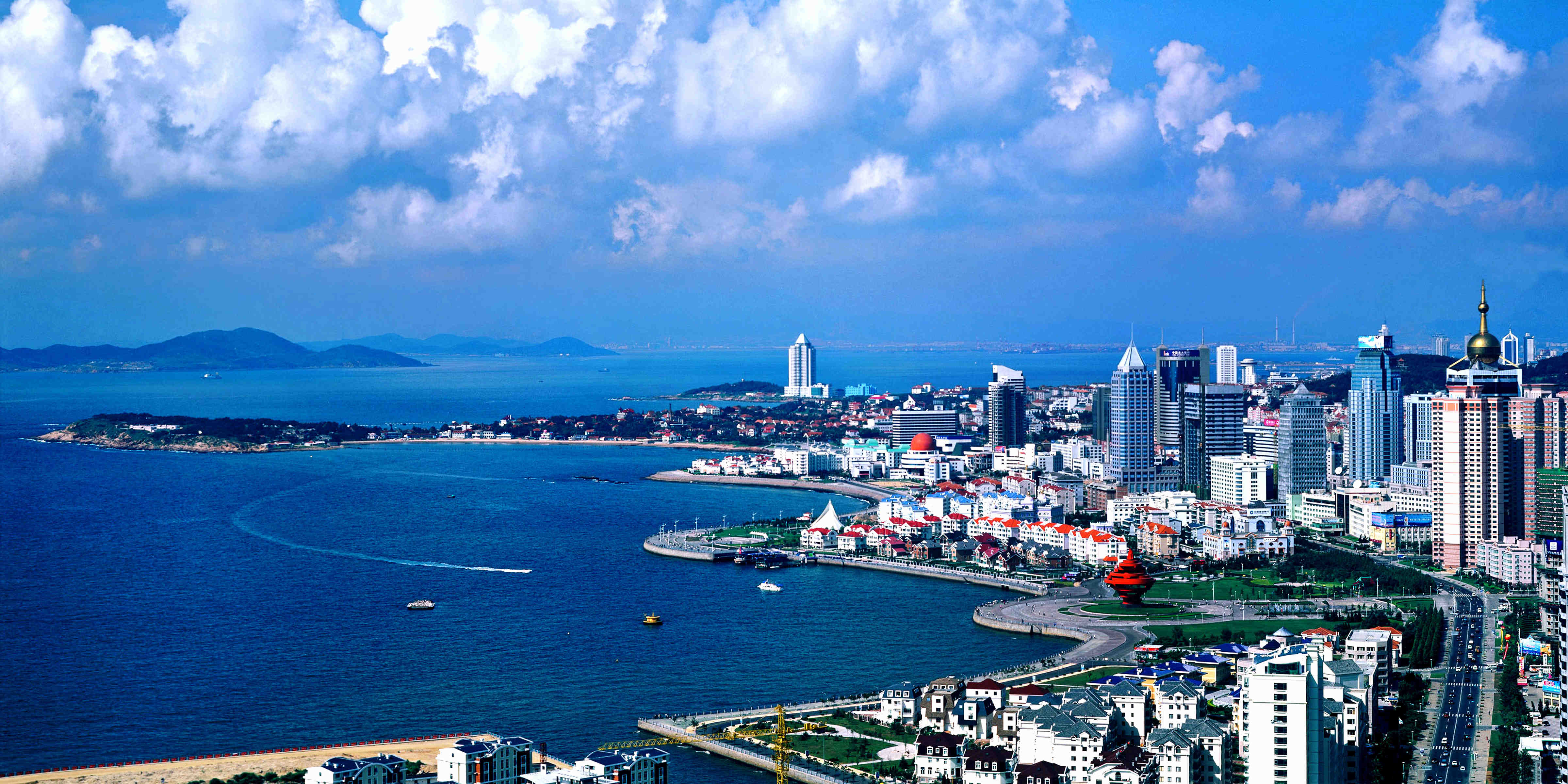
Qingdao's landmark: May Fourth Square. (File Photo)
Old harbor, new center
Historically, Qingdao secured a merchandise center of the Maritime Silk Road in Ancient China, a renowned business route linking China with as far afield as Egypt and the Mediterranean states. Fleets of ships setting off from the harbor, sailed across Chinese territorial waters, through the Indian Ocean and unloaded across the Mediterranean. Transit spots thus benefited and flourished.
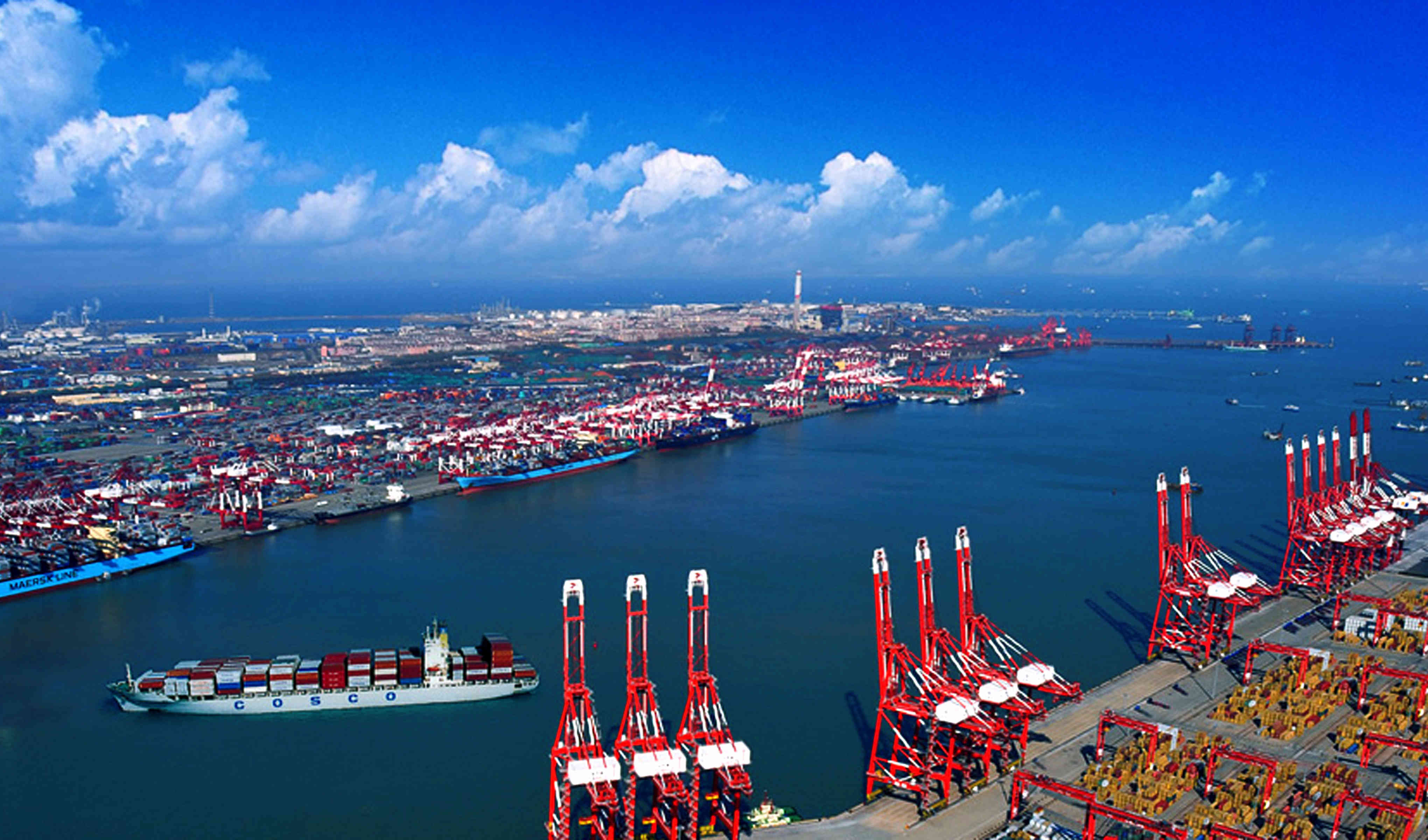
Qingdao Port. (File Photo)
Today Qingdao's reach of commerce and commodities stretches far beyond. As the transportation hub of both land and water routes, it keeps ever-increasing trade ties with the SCO member states, hitting an aggregated deal up to 40 billion yuan($6.3 billion) in 2017. The same year's volume of trade with transit states along the Belt and Road Initiative(BRI), Qingdao Commercial director Ma Weigang explained, reached 250 billion yuan($39.4 billion), up by 11.2%.
Qingdao also expanded inwards, getting closer connections with prominent land hubs like Yinchuan, Xi'an and Zhengzhou, a strategy to link the maritime and land silk road, a big part of BRI. This scheme makes the coastal city a competent site of SCO. Dozens of fully-loaded trains routinely depart here, heading for Mongolia, Central Asia and Europe. A cumulative number of 4600 trains and 610,000 standard containers proved the grand freight.

The cross-sea bridge spanning the Jiaozhou Bay. (File Photo)
Firms push for ties abroad
When asked about favorite Chinese brands, most foreigners responded with an affinity for Tsingtao Beer, a media outlet Chinanews reported. The interviews indicate what a prominent role big local firms serve in boosting Qingdao's economy and spearheading overseas business.
Last year Tsingtao Beer reaped a record market value, topping the Chinese beverage list for 14 years in a row. Against global low-margins, its sales rose 34% in the Asia-Pacific region, 44% in Oceania and 36% in Latin America, offering thousands of jobs locally. Up by 21% in profit, the brewing company prods the national industry into a healthier shape.
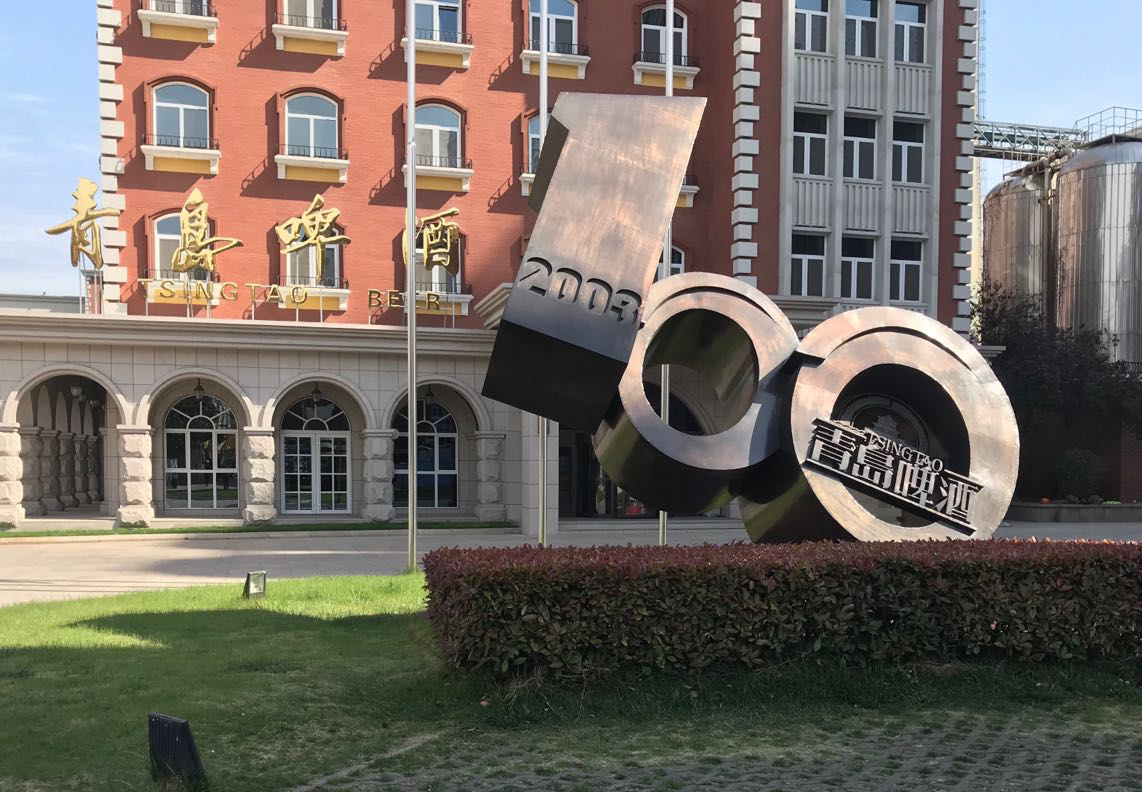
Tsingtao Beer Museum. (People's Daily/Bai Yuanqi)
The appliance behemoth, Hisense, has poured money for over a decade into research on congestion and managed to make urban traffic less crowded. Despite the huge migration inflow and urban sprawl, Qingdao's transportation remains efficient. The road scheme Hisense designed, well-known as congestion-killer, has been applied to dozens of Chinese cities with similar worries.
Haier, an arch-rival of Hisense, built industry parks in BRI's countries such as Vietnam, Pakistan and Russia, in a bid to supply natives with appliances. With its investment, local communities get financially promoted and in part even digitalized.
Thrifty but markable summit
Lavish with welfare expenditure though Qingdao is, it practices frugality when hosting the summit. No way for new venues and rising reckless bills, instead, the budget merely allows for fees paid for overhauling and reusing established facilities. The shabby Olympic sailing center will turn into the new main conference, and the Haier's exhibition site into the media center.
Out went the pomp filled with big stars and slick shows. In came the brilliant art performances and culture-oriented exhibitions. Sponsored firms provide vehicles, along with rental ones in case of emergency.
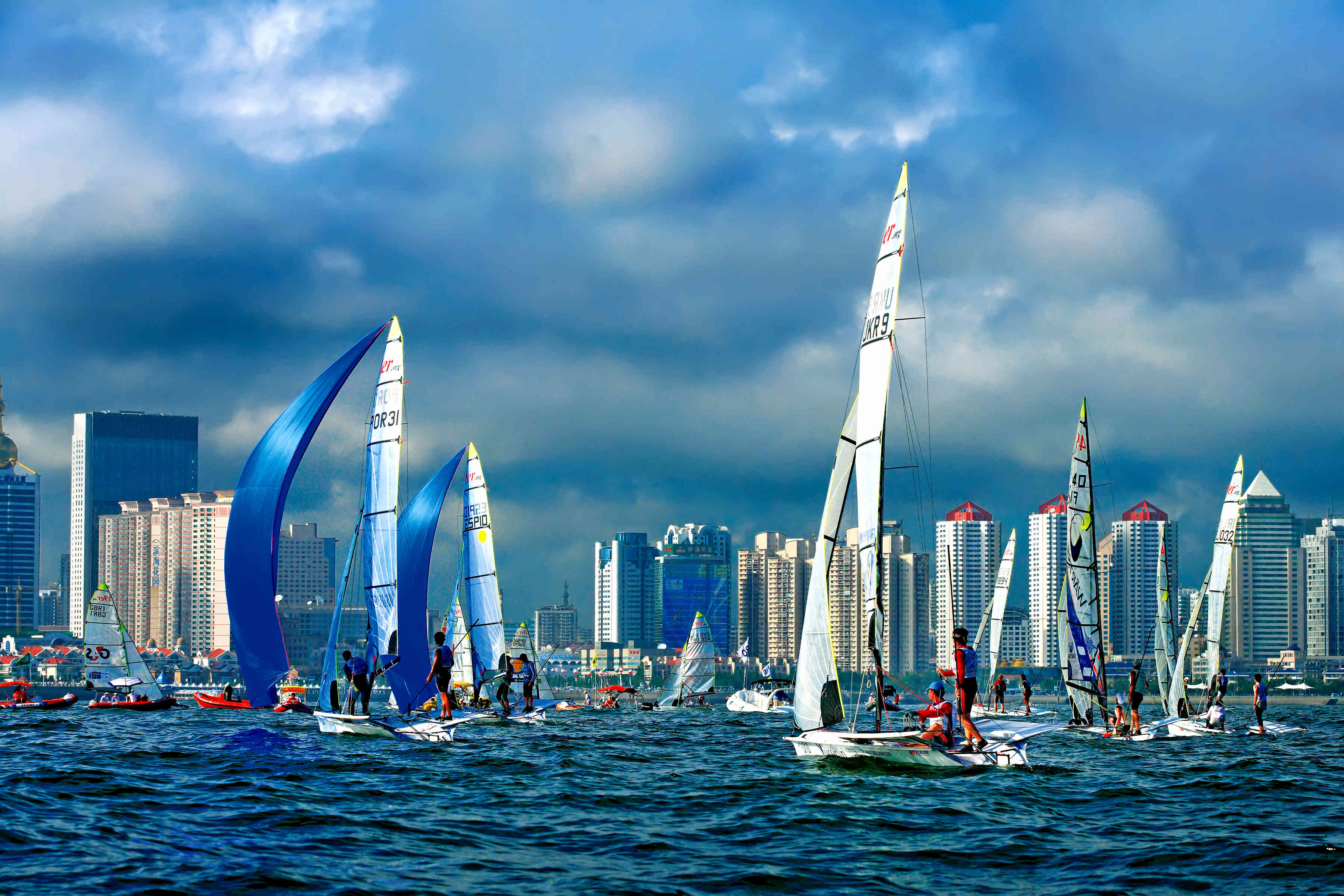
Sailing yachts, Qingdao. (File Photo)
Yet thrift and uniqueness are not mutually exclusive. Built on the shore, Qingdao naturally blends the international summit with sea elements in the form of sandy bays, mountains abutting the sea and swollen white sails dotting the horizon. It also boasts Chinese ancient cultures and an indispensable role in the BRI strategy. Not only does the ocean blue color ubiquitously adorn the venue, but also the main conference exterior is symbolic of a sailing vessel.
At full sail, Qingdao is ready to go!


